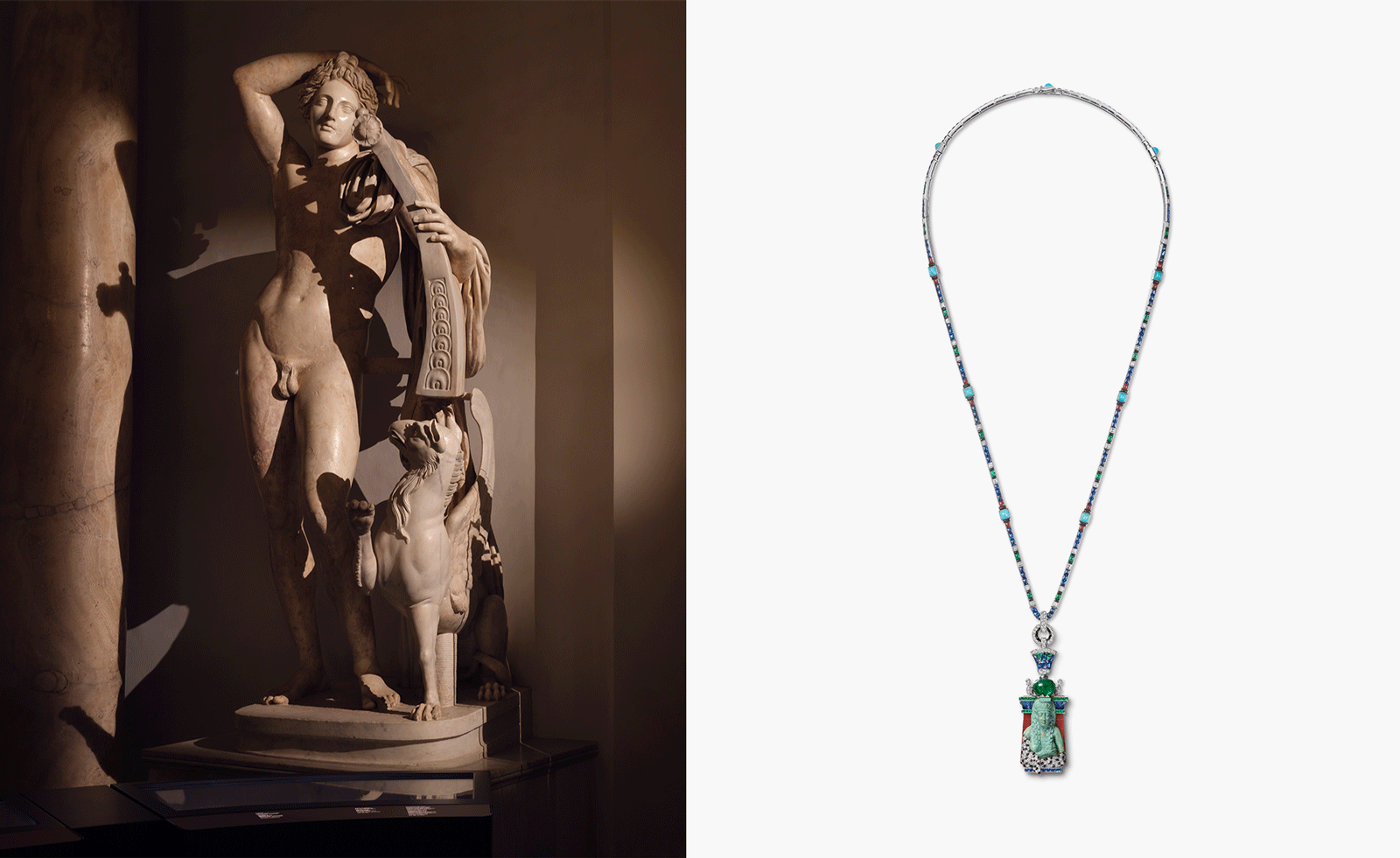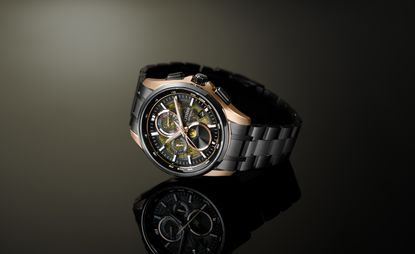Watches & Jewellery
Power jewels, timeless watches, style on all fronts – the Wallpaper* view on the stuff that adorns you
Explore Watches & Jewellery
-
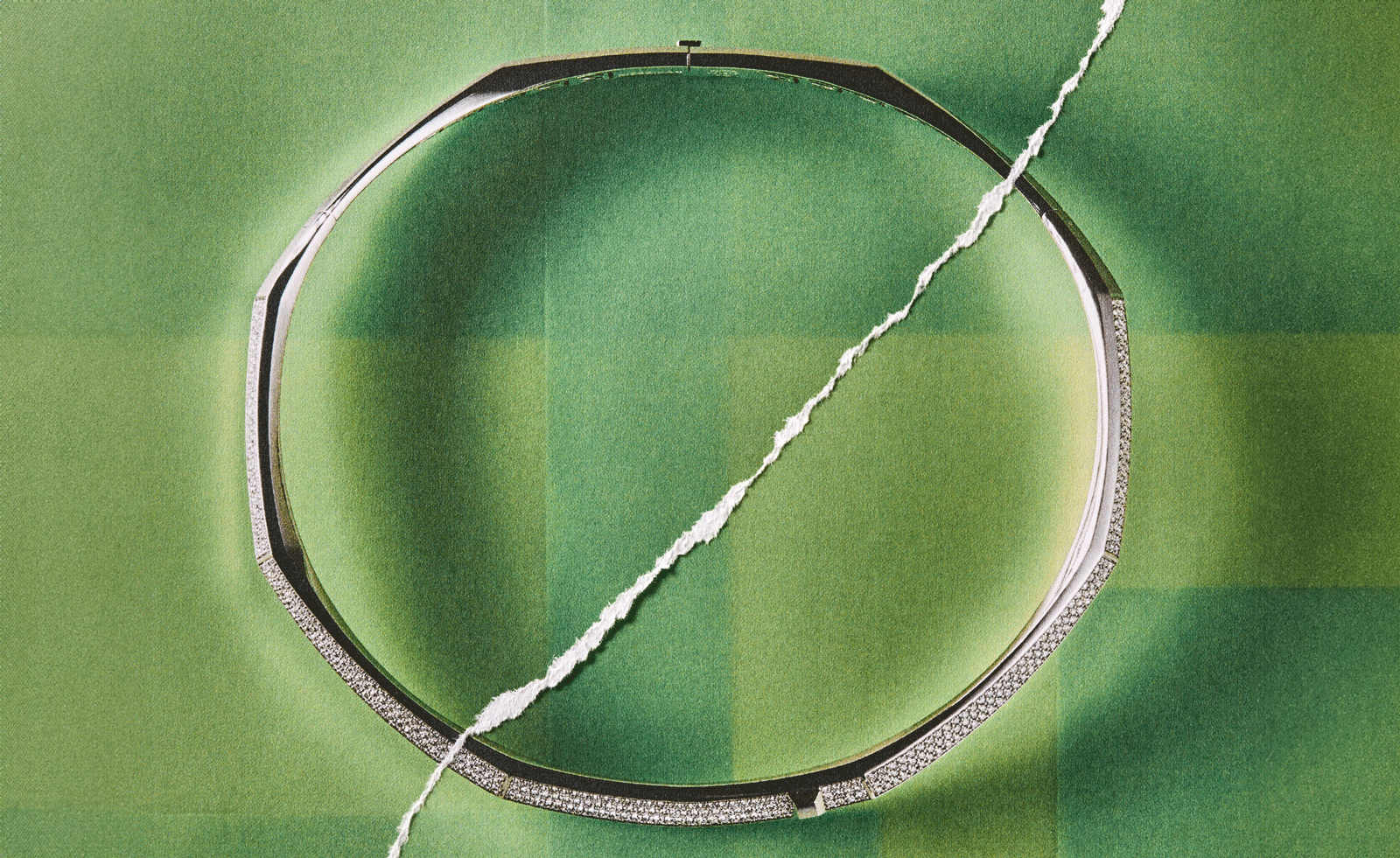
Messika imbues minimalist diamond jewellery with a contemporary edge
Messika embrace sharp angles and precious materials in a striking jewellery piece
By Hannah Silver Published
-

Next-generation jeweller Rosalie Carlier is one to watch
The young jewellery designer creates sensuous but bold pieces intended to ‘evoke emotion in the wearer’
By Hannah Silver Published
-
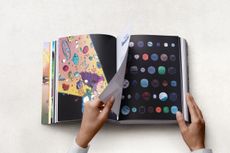
Six beautiful books to gift the watch and jewellery lover
From an encyclopaedic love letter to watchmaking to a celebration of contemporary jewellery, these tomes are true gems
By Milena Lazazzera Published
-
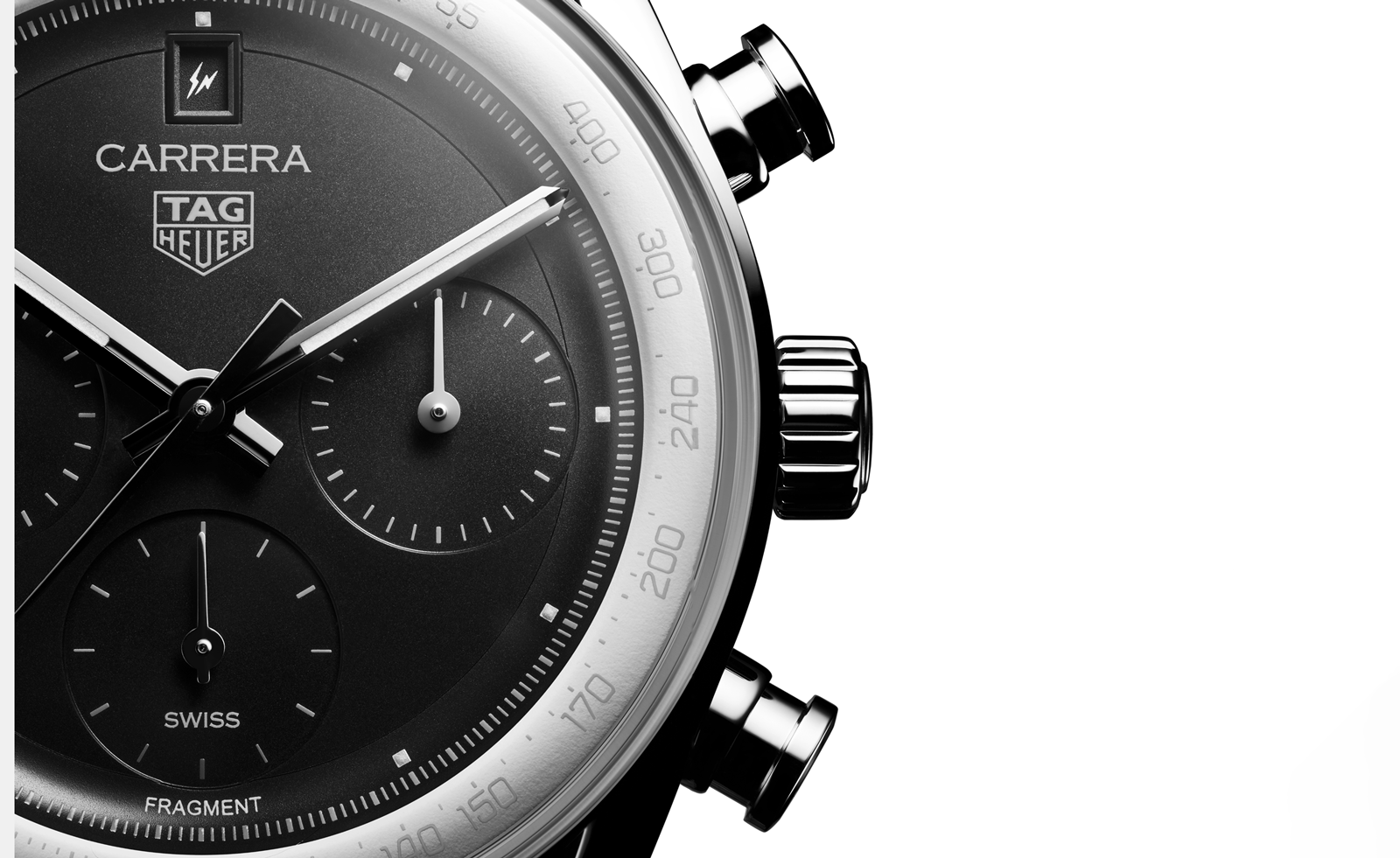
Design is key in TAG Heuer’s end-of-year watch releases
TAG Heuer is embracing exciting materials and new collaborations, capping off a big year; discover the new Fragment and Monaco limited editions
By James Gurney Published
-

A. Lange & Söhne's new Bond Street flagship merges German charm with Mayfair poise
The celebrate the launch of its handsome new home, the brand's releasing an equally elegant new watch
By Thor Svaboe Published
-
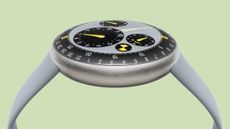
Take an exclusive look inside Marc Newson and Ressence’s new watch collaboration
A serendipitous collaboration between innovative watch brand Ressence and Marc Newson dials up on the industrial designer’s earlier cult offerings
By Hannah Silver Published
-
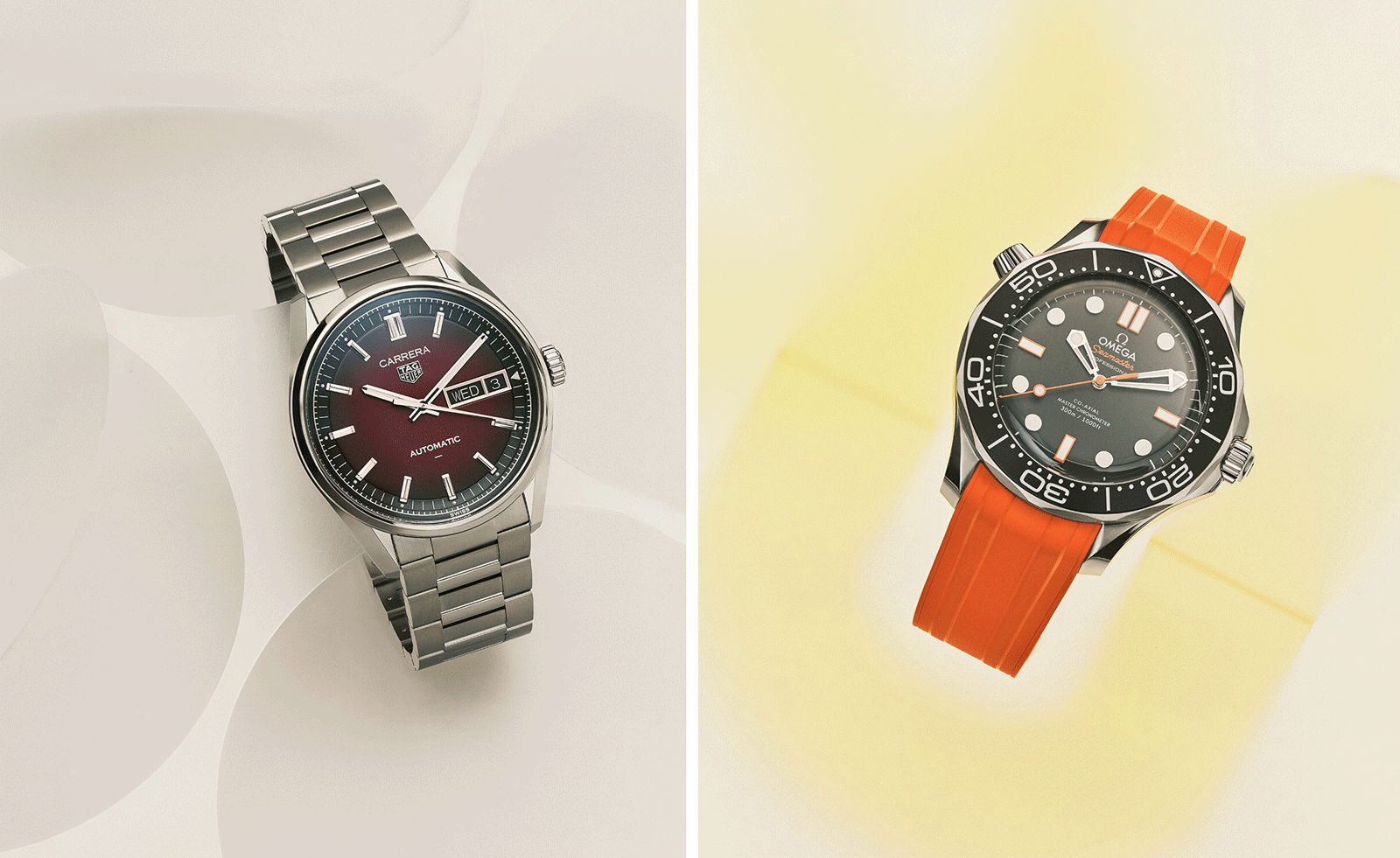
Add a pop of colour to your wrist this season with these bold watches
Brightly coloured watches, from Rolex, Omega, Patek Philippe and more, are just the thing for the winter season
By Hannah Silver Published
-

Hublot and Daniel Arsham make a splash
The Hublot MP-17 MECA-10 Arsham Splash Titanium Sapphire watch rethinks a traditional design
By Simon Mills Published
-
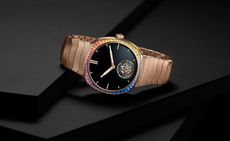
The gold watches to covet now
Gold watches from H Moser & Cie, Fears and Patek Philippe are on our radar for 2026
By Josh Sims Last updated
-
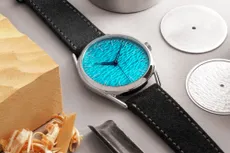
The British watch brands to know now: from intriguing innovators to heritage revivals
British watch brands are in the ascendant – discover some of the most exciting names and their timepieces
By James Gurney Last updated
-
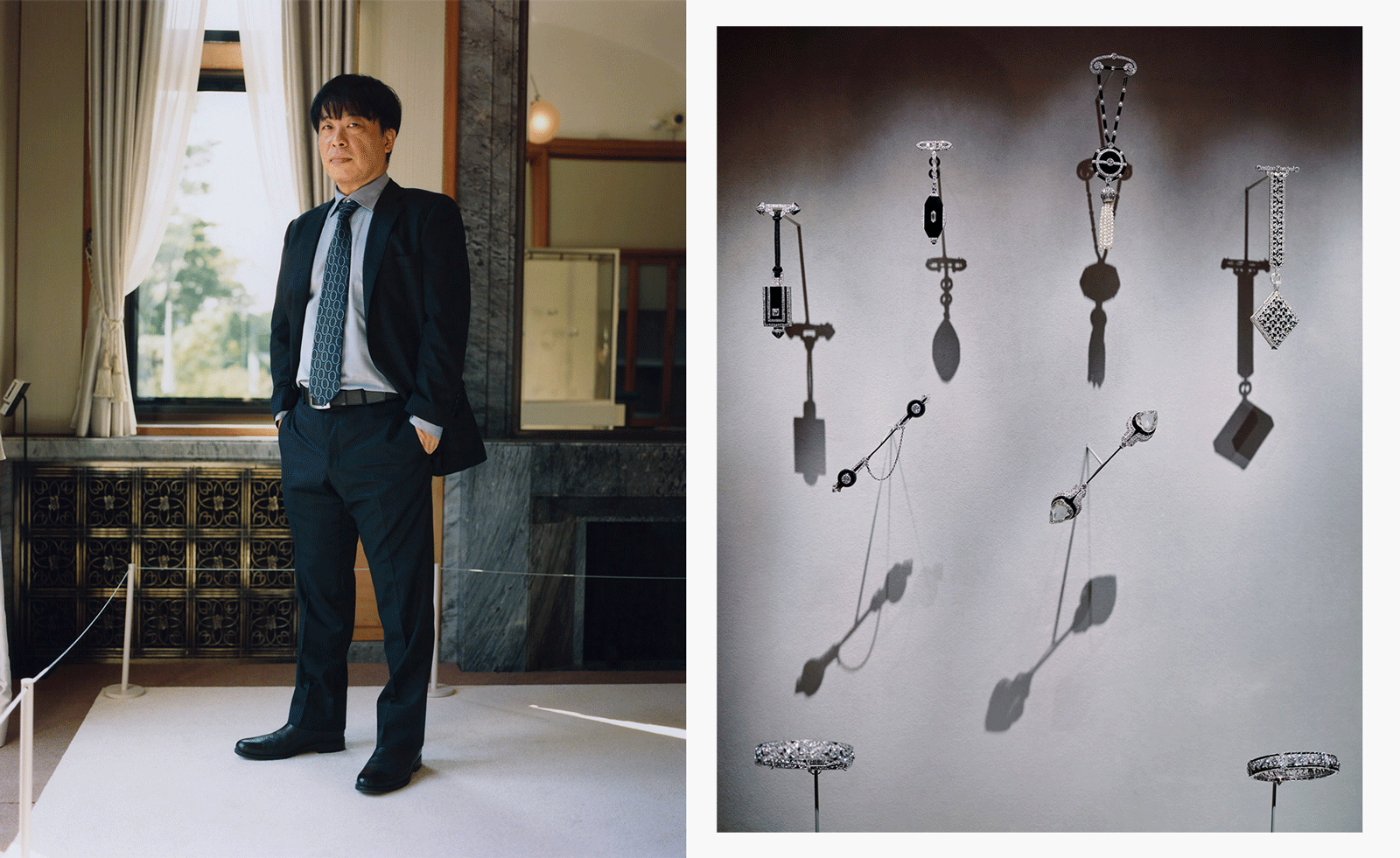
Van Cleef & Arpels celebrates the early flowering of its art deco jewellery designs with an exhibition in Tokyo
Van Cleef & Arpels nod back to an illustrative Art Deco history with an exhibition celebrating its influence
By Hannah Silver Published
-
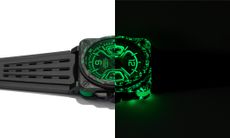
Get the glow: the best luminescent watches
Is luminescence the next artistic edge in watchmaking? Here’s how brands from MB&F to Schofield, IWC, Bamford and Bell & Ross are developing exciting, glowing watches
By Josh Sims Published
-
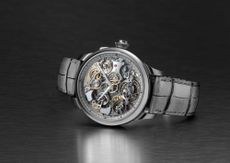
At Dubai Watch Week, brands unveil the last new releases of the year
Brands including Chopard, Louis Vuitton, Van Cleef & Arpels present new watches at Dubai Watch Week
By James Gurney Published
-
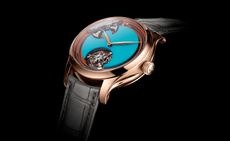
These statement watches are surefire conversation starters
From Richard Mille to Hublot and Bulgari, these statement watches aren’t to be missed
By Chris Hall Last updated
-
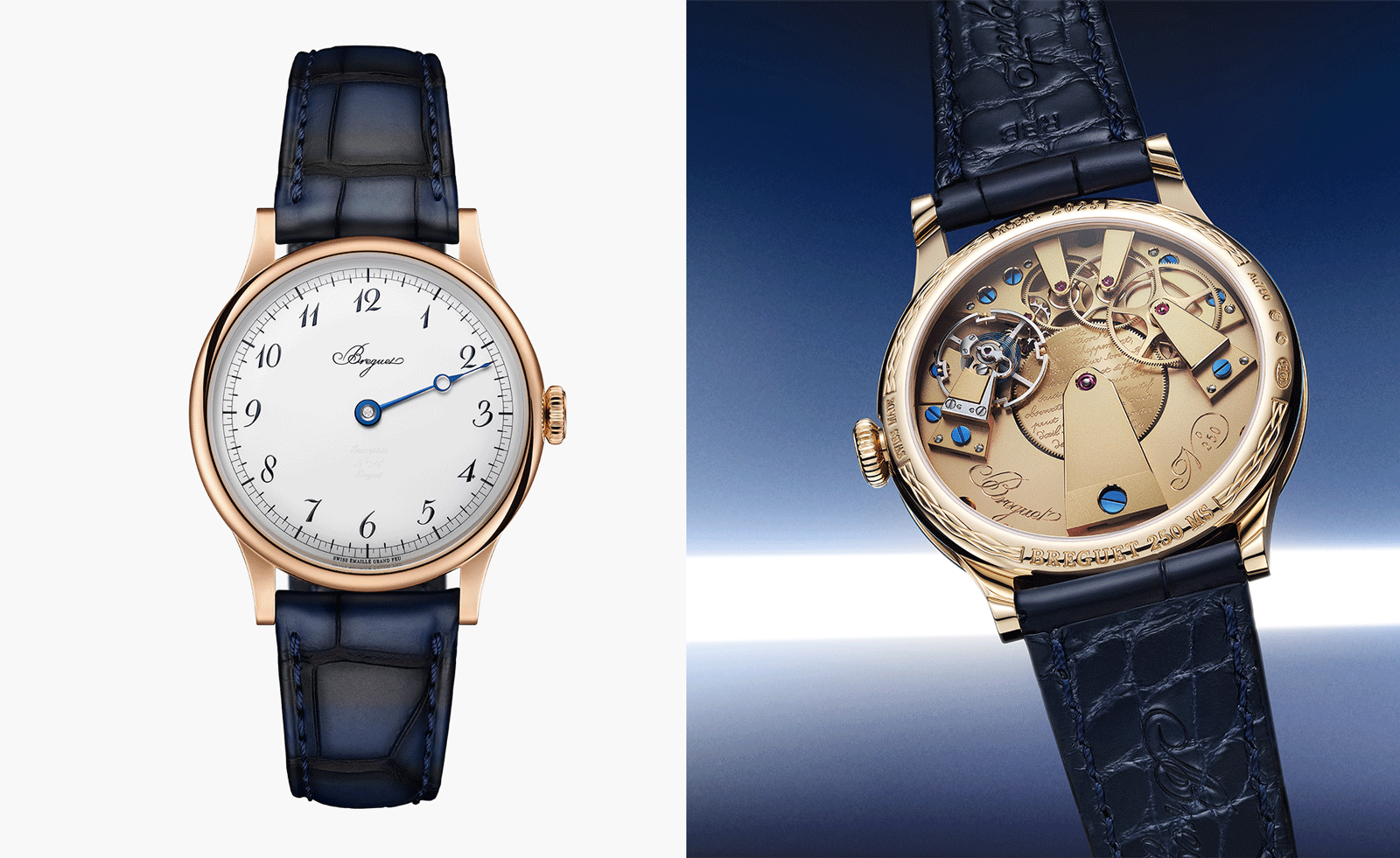
Who won big at the GPHG, the Oscars of the watch world
Wallpaper* editor-in-chief and Grand Prix d’Horlogerie Genève jury member Bill Prince on the watch world’s 2025 winners
By Bill Prince Published
-
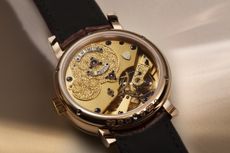
Friction-free movements will revolutionise the watch industry – why don't we have them yet?
Oil is the reason your mechanical watch requires periodic (and expensive) servicing. Finding ways to do without it altogether remains, as it has been since the 1700s, the holy grail of watchmaking
By Josh Sims Published
-
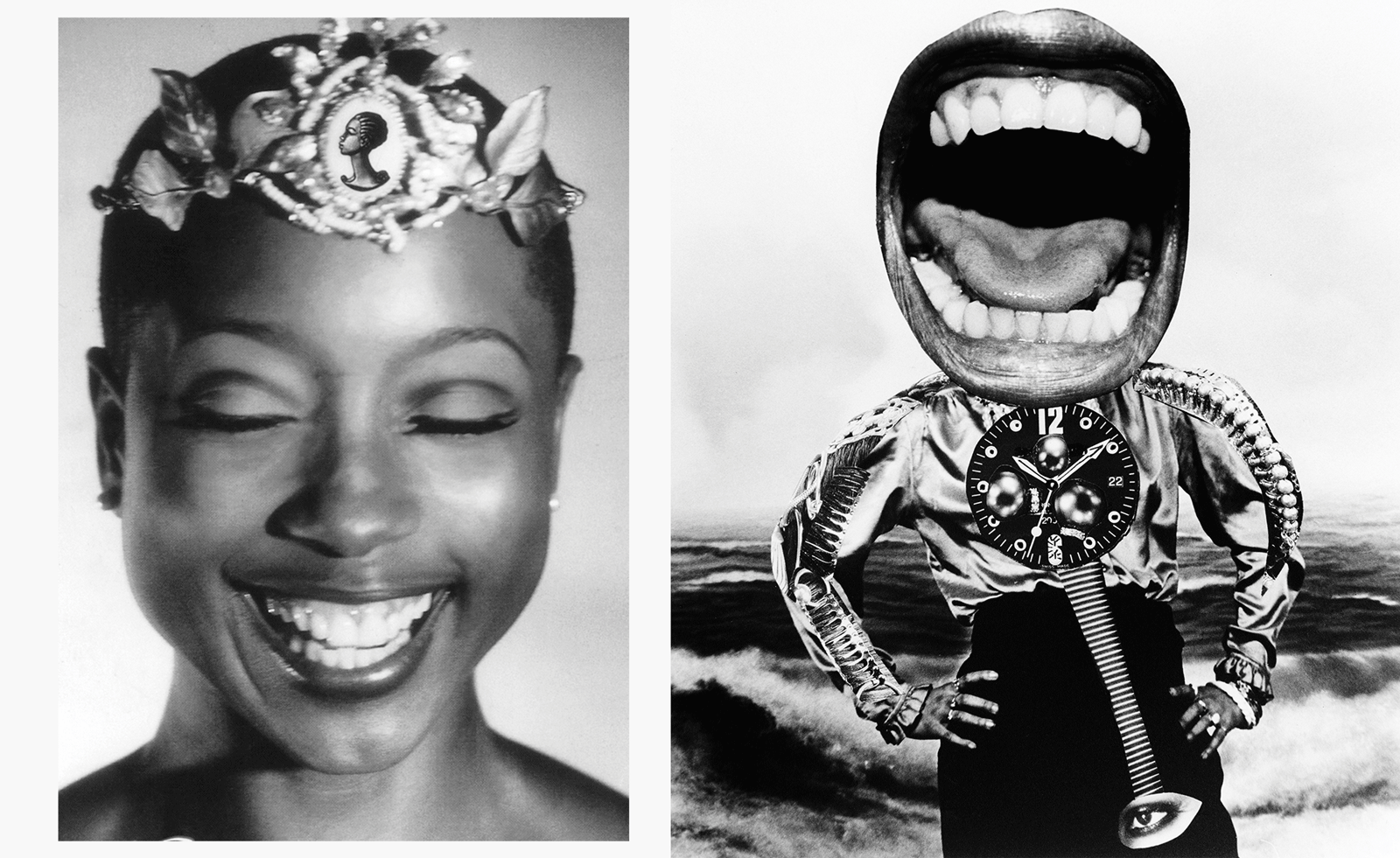
Inside Coreen Simpson’s fabulous, jewellery- and art-filled world
To mark the publication of ‘Coreen Simpson: A Monograph’, we meet the octogenarian photographer and jewellery designer over Zoom, and take a deep dive into her world
By Sarah Moroz Published
-

Punk, pearls and politics: a new book pays tribute to Vivienne Westwood's glorious jewellery
'Vivienne Westwood & Jewellery' is the first book to focus on the designer’s jewellery creations
By Hannah Silver Published
-
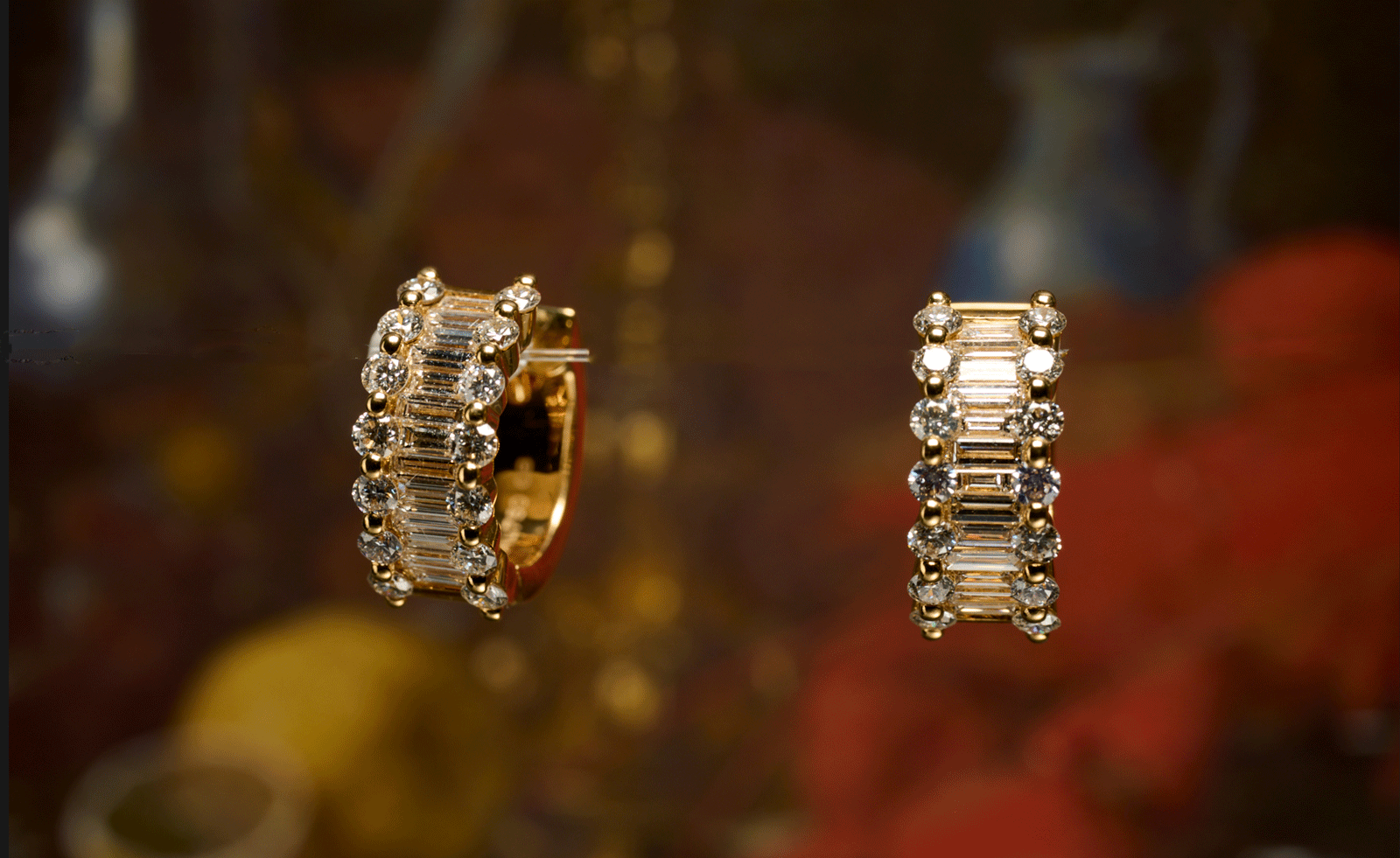
Bucherer reinterprets bygone glamour for a modern audience
The Swiss brand draws on a rich jewellery heritage for very modern design
By Hannah Silver Published
-

This season’s high jewellery smoulders in sunset shades
Vivid hues and striking silhouettes combine in new high jewellery from Van Cleef & Arpels, Cartier and Tiffany & Co
By Hannah Silver Published
-
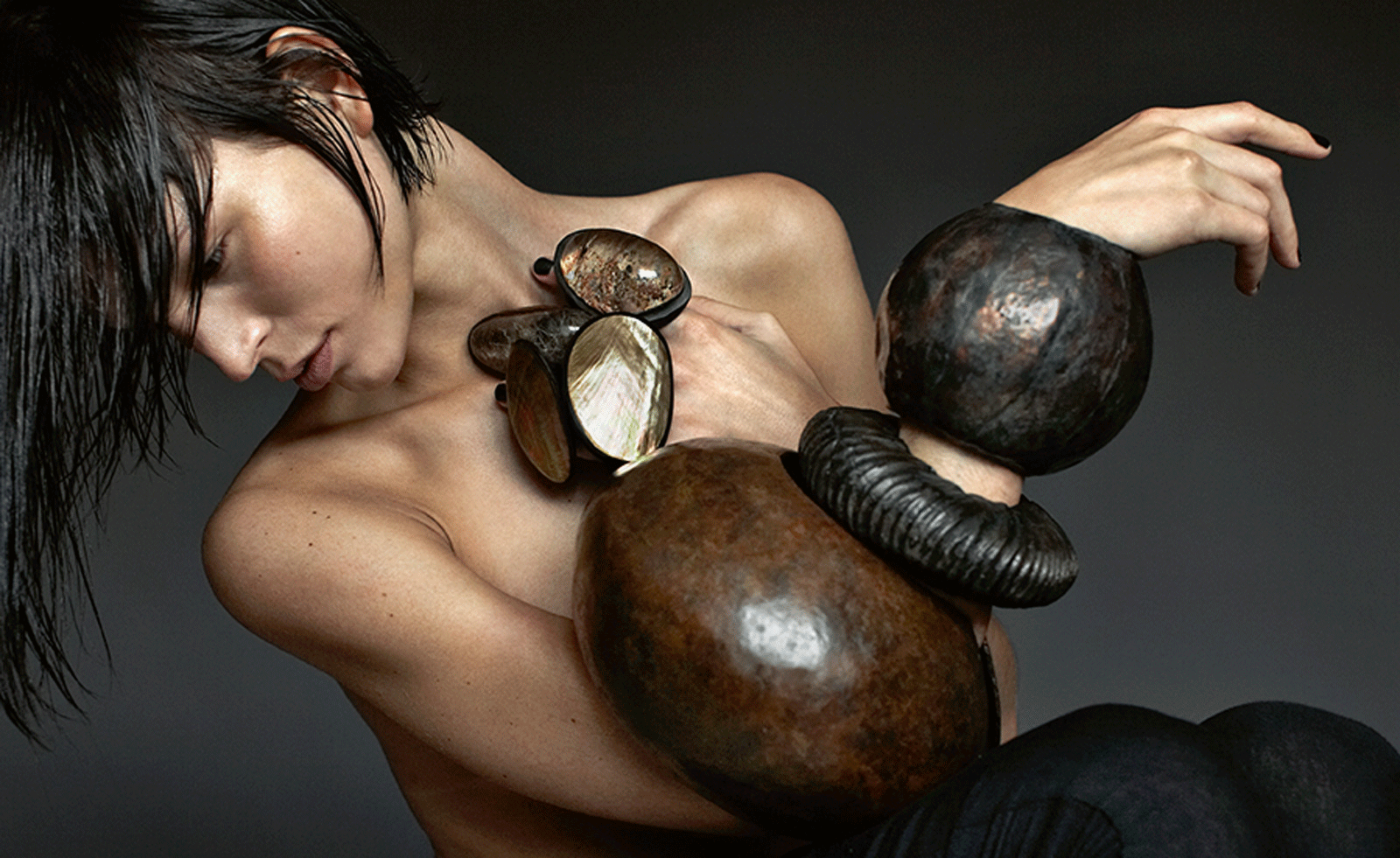
These are the jewellery pieces which have defined a generation
From established jewellery houses, to up-and coming designers and avant-garde artists, a new book by Phaidon spotlights the stand-out jewellery from the last two centuries
By Hannah Silver Published
-

The return of the bullhead: the watch design that refuses to conform
Little known outside of watch circles, but enthusiastically collected within them, bullhead watches have always been divisive. Identified by the crown at 12 o’clock, it made design sense – no digging into the wrist, allowing easier function as a stopwatch - but remains a speciality. But now, the bullhead is back
By Josh Sims Published
-

Discover the chic simplicity of CC-Steding jewellery
Nic Farnan and Ben Chaplin create delicate silver jewellery in their east London studio
By Ben Perdue Published
-

Seiko brings back the digital watches loved by astronauts in the 1980s
The new Seiko watches draws inspiration from the Seiko 'Astronaut' – a watch worn on 160 space missions
By Hannah Silver Published
-

IWC joins the vintage revival, restoring and reselling archival watches
IWC has started to select and restore pieces from its own back catalogue to sell, joining Cartier, Vacheron and Jaeger LeCoultre who have similar programmes. Does the fact that the major watch houses are now getting in on the vintage watch boom – rather than just reissuing vintage-style watches – represent a tipping point for the watch market?
By Josh Sims Published
-

Sotheby’s is auctioning Mercedes Gleitze’s Channel-crossing Rolex
The historic Rolex that started the sport-watch synergy is going under the hammer, amidst a contemporary boom in sporty-elegant timepieces
By Milena Lazazzera Published
-

Vinyl, darts, and design: how Audemars Piguet reimagined the watch boutique for Manchester
Bespoke Partnership
The latest AP House from watchmaker Audemars Piguet displays design codes that nod to the legacy of its location
By Simon Mills Published

